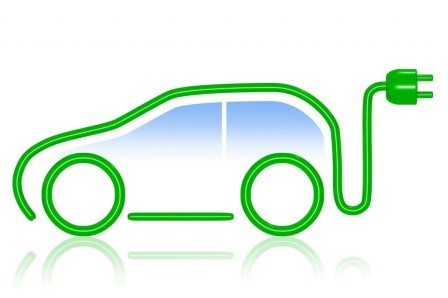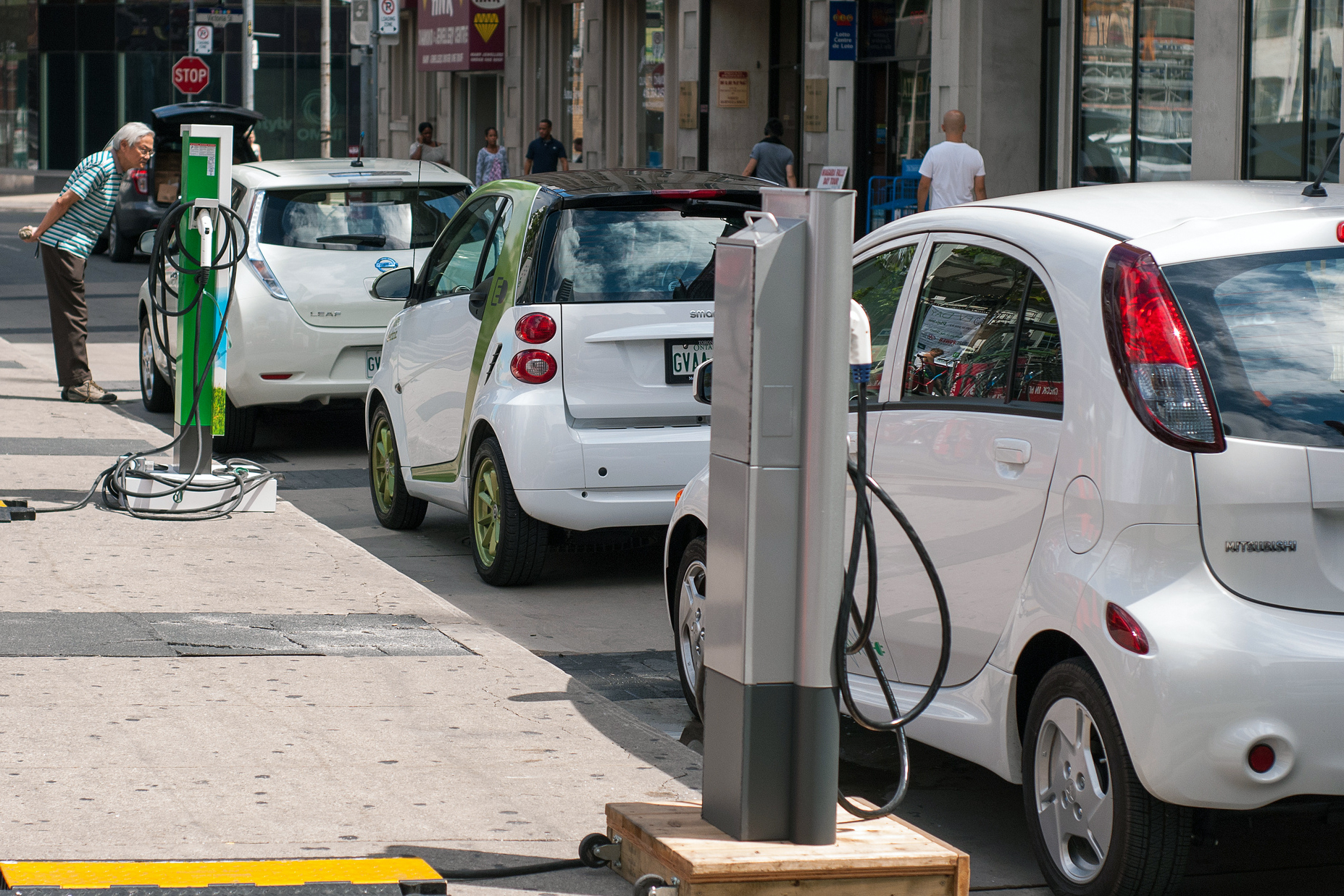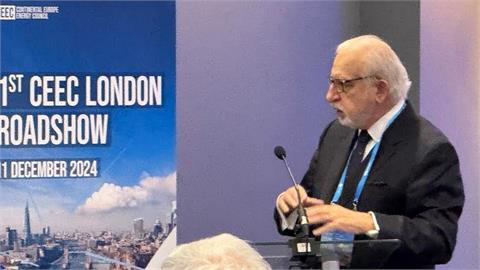On January 12, the Institute of Energy for SE Europe (IENE) sent to its members its latest newsletter “Monthly Analysis” (Issue No. 325). The analysis focused on the current global and future status of Plug-in Electric Vehicles (PEVs) and on the latest developments in the case of SE Europe.
According to the IENE analysis power grids face a new important challenge namely, the oncoming mass penetration of PEVs. Nevertheless, the architectures of transmission and distribution grids are still focused on traditional design and operational rules. Consequently, it is necessary to somehow predict the solutions for the problems which will inevitably arise in the electrical and production grids as well as to quantify the effect on their commercial operation as a result of the gradual integration of PEVs into the network. For instance, major congestion problems may appear in already heavily loaded grids as well as voltage profile problems mainly in radial networks, particularly if peak load periods coincide with PEV charging periods.
More specifically, in SE
Europe, the PEV deployment is still at a very early stage, even though it shows
significant annual growth. The main barrier for further penetration of electric
mobility in the region is the inadequate and publicly accessible charging
networks, which, however, show signs of development through large and small
private initiatives as well as initiatives from local municipalities,
businesses and institutions.
IENE’s Monthly Analysis points out that the automotive component industry, being a very significant economic activity in SE Europe, must also adapt to the PEV transition. The related regional markets associated with internal combustion engines, transmission systems, fuel systems, exhausts, forging components and small general parts are expected to be negatively affected by the transition to gearless, fuel-less, robust new vehicles. However, important segments of the regional manufacturing activity, such as wiring, electric component’s development, electronic architecture systems and components and telematics, are expected to attract new investors and expand their growth prospects.
Moreover, the RES and electricity distribution industry is expected to be driven by the acceleration of electric mobility in the near future, with numerous new projects undertaken for new capacity installation and grid enhancement in order to facilitate "green” power to the electrified on-road transport. Finally, it should be noted that SE Europe has highly trained engineering professionals, who can help meet the requirements of PEV R&D operations in the region, IENE’s Monthly Analysis concludes.




